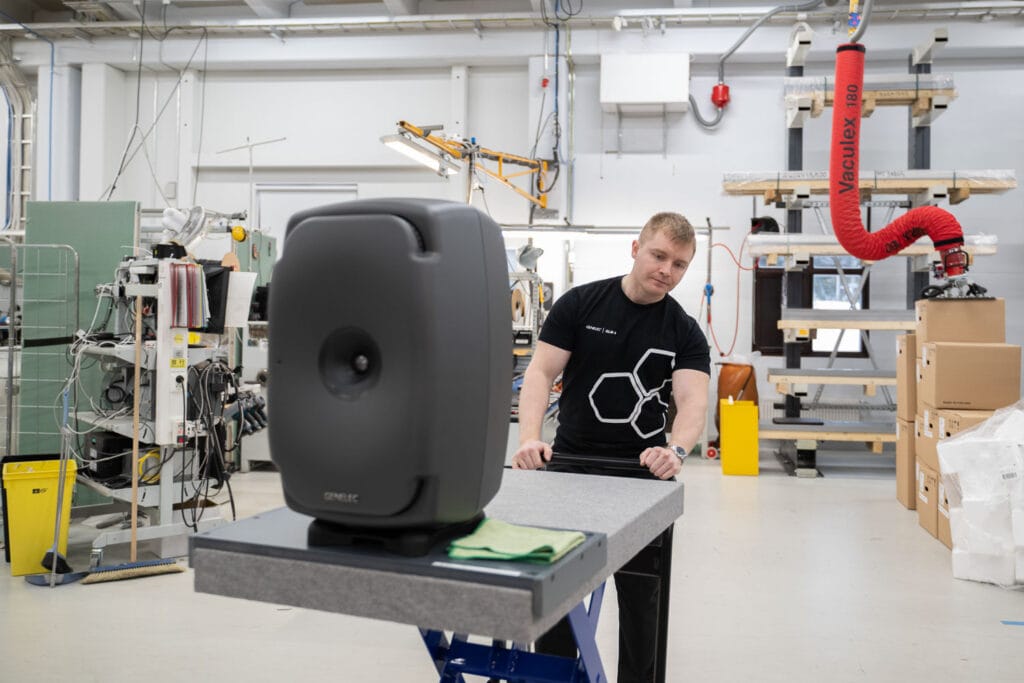In English
Winter is already here
During winter, it can turn pretty cold in Finland. Temperatures below minus 20 centigrade are not unusual at all.
10.2.2021
Working in cold temperatures is part of the job for many people. This may create hazards that could be avoided with a good preparation.
The Occupational Safety and Health Act stipulates that the employer shall ”systematically and adequately analyse and identify the hazards and risk factors caused by the work”. This also includes risks caused by working in cold temperatures.
If the hazards identified in this analysis cannot be eliminated, the employer must assess their consequences for the employees’ health and safety. When doing this, occupational health care can help. The employer must also provide personal protective equipment for the workers, when needed.
Members of the Industrial Union work under a wide variety of working conditions, both indoor and outdoor. The union collective agreements do not define any exact temperature when outdoor work is stopped due to the cold, or heat.
In the mechanical forestry industry and sheet and industrial insulation branch sectors the working conditions are assessed locally and when needed, limitations to work can be agreed upon. If weather conditions bring work to a halt, employees have the right to earnings-related unemployment benefit.
In all other sectors of the union the employer pays wages if work is stopped due to the cold.
Why has the Industrial Union not demanded an exact temperature limit for work? The main reason is to protect employees’ health in all conditions. When evaluating the effects of temperature all aspects must be taken into account.
The real effect of temperature on the human body is connected to humidity and wind factors. A dry winter day does not feel as bad on our skin as a cold and humid day. The combination of cold air temperatures and strong winds, the so-called wind chill factor, can make even a moderately cold temperature feel intolerable.
For example, a temperature of minus 10 centigrade feels like minus 20 centigrade with a wind of ten meters per second. With a similar wind, a temperature of minus 20 centigrade feels like minus 34 centigrades.
The union stresses the need to find technical solutions against cold. These can be for example a warmed tent when repairing equipment on the road or a warm booth when fixing the telecommunications connections.
The first thing an employer should do is to identify the effects and hazards of cold and find technical solutions to protect employees, if needed. Personal protective equipment should only be used as a last resort.
The task of occupational health is to see whether persons working in cold need some extra health checks.
TEXT HEIKKI JOKINEN



